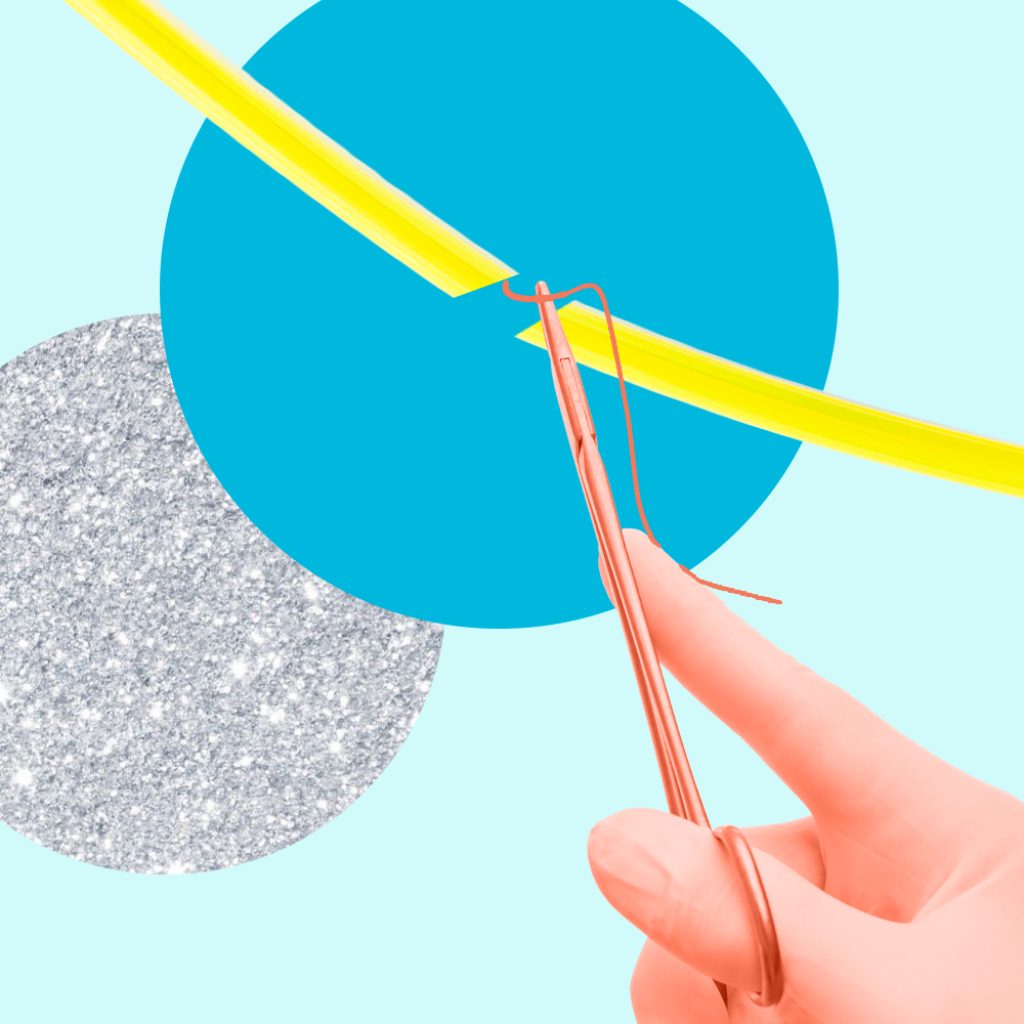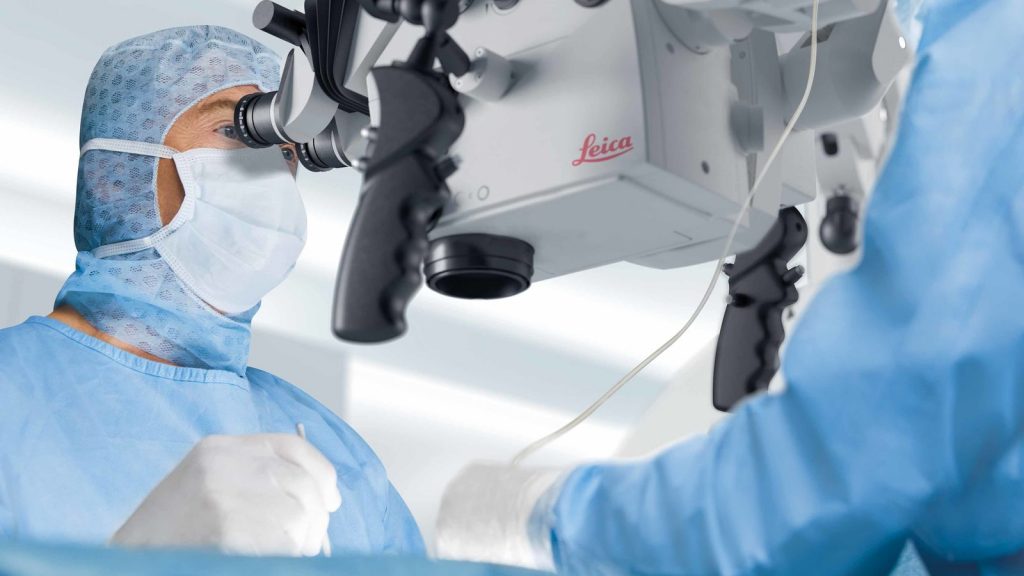
Having a vasectomy is seen as a permanent solution for a man to stop having children, but the procedure can also be reversed. A vasectomy procedure cuts and seals the tubes which sperm passes through, so how can a vasectomy be reversed?
Although vasectomies offer a long-term solution to contraception, its possible to bring the cut tubes back together. To ensure that you have all the information you need before undergoing the reversal procedure, we are going to look at:
- The effectiveness of a vasectomy reversal
- The different procedures available
- What recovery will look like for you
Table of Contents
How effective is a vasectomy reversal operation?

img source: chicagohealthonline.com
A vasectomy stops the supply of sperm into your semen, meaning you can no longer impregnate a woman. You are still able to ejaculate, just without sperm. It is a big decision for any man to take. There are times when that decision does not work out as planned.
The three most common reasons that a man will seek a vasectomy reversal:
- When a child dies and he wants to try to be a father again
- When he decides he wants more children after-all
- When he chooses to re-marry and wants to start another family
Once the decision has been made to undergo the vasectomy reversal, it is important to understand the changes that the procedure will be a success. The three main factors that will have a bearing on whether you will be able to successfully father children again are:
- The type of vasectomy originally performed
- How long ago the vasectomy was done
- What type of reversal surgery you choose to go through
Studies have been completed that suggests how successful a vasectomy reversal will be. The data comes from a study regarding successful pregnancies after a vasectomy. It is important to note that other factors, such as the age and health of the potential mother were not taken into account.
The chances of fathering a child after a vasectomy reversal surgery are:
- 75% within three years of initial surgery
- 55% within three to eight years of initial surgery
- 40% within nine to 14 years of initial surgery
- 30% within 15 – 19 years of initial surgery
- Less than 10% 20 or more years after the initial surgery
With some surgeons suggesting they get a higher rate of success when using the most up to date surgical methods like keyhole microsurgery.
It is also worth noting that, after a vasectomy reversal, you will likely have less mobile sperm, even after it is observed in your semen again.
What are my options for vasectomy reversal surgery?

img source: hearstapps.com
A vasectomy:
A vasectomy involves having a surgeon, usually, a urologist, make a tiny incision in the skin of the testes, locating the two vas deferens, and cutting and cauterizing them. This prevents sperm cells from being delivered to the semen and so a woman can no longer be impregnated.
A vasectomy reversal:
There are two different surgical methods use by specialist vasectomy surgeons in Sydney to reverse a vasectomy – open surgery and microsurgery.
Open surgery is a surprisingly common method of performing vasectomy reversal surgery and involves making a large cut down the testes and ‘exteriorizing’ the testes using clamps. This process takes about an hour so is quicker for the surgeon. This approach has a lower success rate.
The modern way of doing a vasectomy reversal is known as ‘keyhole microsurgery’ and is far less invasive for the patient. This process involves making a tiny cut in the skin around the testes and using a microscope to look inside and perform the surgery. This approach takes about 2 hours to perform but has a higher success rate. Dr Derek Lok is a specialist Vasectomy Reversal surgeon base in Sydney who performs microsurgical vasectomy reversal surgery.
There is also a small number of cases where the patient had pain from their original vasectomy surgery, yet reported their pain had gone after having vasectomy reversal surgery.
How a vasectomy reversal is achieved surgically

img source: womenscollegehospital.ca
The original way a vasectomy is reversed is pretty similar to how the vasectomy is carried out originally. An incision will be made into the testes and the surgeon must locate both ends of each vas deferens tube. This can be a challenge; depending on how long ago the original procedure was done and how short the tubes were cut.
With the ‘open surgery’ method, the incision can get quite long and the soft tissue and organs inside the scrotum may need to be exposed. Because of this, swelling, bruising, and recovery times can be extended.
Once the tubes have been located, your surgeon will use a set of dissolvable stitches to reconnect the tubes. In this type of surgery, quite thick stitches will usually be used. Although by no means dangerous, using larger stitches can cause trauma to the tubes that are being reconnected.
Advantages of traditional vasectomy reversal
- The most common procedure so easy to find a doctor to perform it
- Success rates are well studied
Disadvantages of traditional vasectomy reversal
- Tubes can be damaged during reconnection
- Long recovery time due to the invasive nature of the surgery
Vasectomy reversal using keyhole microsurgery

img source: microsystems.com
With the vast improvements in microscopic optics and keyhole surgery in the last two decades, it is no surprise that microsurgery for vasectomy reversal is now available. This is a modern method, performed by highly skilled surgeons.
The surgeon will be able to make much smaller incisions into the scrotal area and use a microscope vision to be able to locate the tubes that need to be reconnected. Having better vision inside the scrotum means the testes can remain inside the body whilst the vas deferens is located.
Another significant advantage to microsurgery for your vasectomy reversal is how the tubes get stitched back together. With a much more accurate vision of the tubes, smaller dissolvable sutures are needed. This will mean less trauma to the tubes and a better chance of a successful reversal.
A very skilled surgeon will be able to reconnect different layers of the tubes, again increasing the likelihood of success. With a multilayer approach to vasectomy reversal, it is possible to connect three different layers of the tubes so they align better and should heal better, too.
Advantages of microsurgery vasectomy reversal
- Less invasive so less swelling and a shorter recovery time
- The more accurate procedure so a higher chance of success
Disadvantages of microsurgery vasectomy reversal
- Fewer surgeons are able to perform it since it requires more skill
- May have higher costs for a more experienced surgeon
What does recovery from vasectomy reversal look like?

img source: inspirationfeed.com
The type of procedure your surgeon performs will dictate how quickly you will recover. Because of the small incisions and less need to move around your internal organs, opting for microsurgery will give you faster recovery times and easier to manage wound sites.
You should schedule a week to recover from your vasectomy reversal. The procedure is generally performed as an out-patient. You will be allowed to go home the same day, as long as there are not complications and there is someone able to drive you and keep an eye on you.
You will need to wear supportive underwear for a few weeks. This should either be provided by the clinic that performed the operation, or they will advise you where to get it from.
Sex after a vasectomy reversal should wait at least two weeks, but ideally one month. If you ejaculate too soon after the operation you could damage the healing tubes and jeopardize the long terms chances of success.
Conclusion
Although seen as a permanent procedure, it is possible to reverse a vasectomy and go on to increase the size of your family. Whatever your reason for getting a vasectomy reversal, statistically it is much more likely to be a success when you do not wait too long after the initial operation.
With advanced surgical techniques, such as keyhole microsurgery, vasectomy reversal is a minimally invasive procedure. Compared to the older technique, microsurgery not only gets you recovered quicker but it is more likely to be successful because the internal stitches can be placed more accurately.







